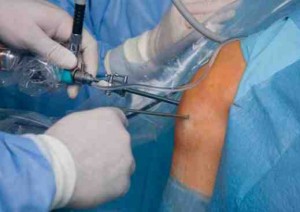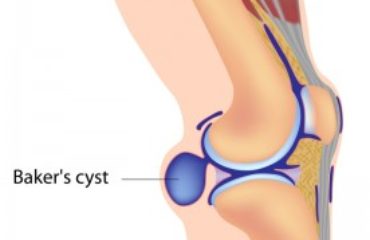by Dr. Adam Farber
Defects in the cartilage of the knee can be due to a variety of causes, including acute injuries such as trauma and tears, and degenerative conditions such as osteonecrosis and osteochondritis. The knee is the most common site of cartilage defects, with the most common cause being trauma from sports injuries and accidents.
The treatment option for knee cartilage defects will depend on the nature and severity of the injury. The knee surgeon in Scottsdale or Phoenix may request various imaging tests, such as Magnetic Resonance Imaging (MRI) and Computerized Tomography (CT) scans. Treatment options range from conservative and nonsurgical management, to arthroscopic or open surgery.
Conservative treatment is always the first option, and is often done first unless surgery is warranted. The goal of treatment is the reduction of symptoms, not necessarily healing of the injury. This may be indicated for asymptomatic patients. Conservative treatment may involve the use of medications such as analgesics, hormonal treatments (such as growth hormone), vitamin supplementation, and physical rehabilitation and therapy.
Surgical intervention is done to either repair or restore cartilage, depending on the technique used. Surgery aims to promote the regeneration of cartilage defects. However, surgical treatment may be contraindicated in some cases (e.g., for severely obese patients, patients with unstable joints or patients with an infection).
Arthroscopy is a preferred method of surgery for knee cartilage defects. This technique involves smaller incisions through which specialized instruments are inserted. The arthroscope is a small pencil-sized fiber optic lens and lighting system that projects the image onto television monitors in the operating room.
Operative treatments under arthroscopy include:
- Debridement and lavage – this has been proven as the frontline treatment of cartilage lesions. Lavage washes out inflamed joint fluid as well as cellular debris. Debridement is the removal of damaged and loose tissue that may impinge the joint.

- Microfracture – this treatment stimulates the body to grow cartilage in the damaged area. The outer layer of bone is surgically penetrated, exposing the inner layers. This leads to cellular repair. While this is the least invasive option, the new cartilage that is formed is a hybrid of hyaline and fibrocartilage, which will not be as strong as normal cartilage. A program of physical therapy is warranted.
- Cartilage transfer – The Scottsdale orthopedic surgeon promotes the growth and repair of defects by transplanting healthy cartilage from undamaged parts of the joint to the affected area. The plugs of cartilage and underlying bone are taken from areas that do not require a cartilaginous surface.
- Cartilage implantation (Autologous Chondrocyte Implantation) – cartilage is harvested from the patient and grown externally in an expansion laboratory. When sufficient cells have grown, they are re-implanted into the damaged joint.




